State of use of AI tax systems
According to reports of the OECD, Ireland’s Office of Revenue Commissioners (ORC) has been using machine-learning for tax enforcement since as early as 2011.
Publicly-available sources indicate that Ireland ORC was a precursor in the use of machine-learning, among the first administrations in the EU to leverage models such as SNA and the first to create a unit specifically dedicated to AI.
What functions are performed with AI?
Based on publicly available data, the tax machine-learning algorithms of the Irish Revenue Authorities perform three functions :
- Webscraping: the system automatically collects data from HTML scripts of websites and matches it with data present in the data warehouse of the ORC. Little details over the webscraping system have been publicly disclosed. Reportedly, scraping is particularly used to detect and prevent fraud in the platform, e-sharing and gig economy.
- Social Network Analysis (SNA): the SNA algorithm visually represents a network of individual taxpayers as a combination of nodes and vertices. Using graph theory, SNA assist tax administration in quantitatively and qualitatively measuring connectivity between the nodes.
- Risk detection (outlier detection): Outlier detection systems detect rare events and abnormal data points by comparison to other observation data. The Irish outlier detection system uses a multiple regression model based on Ireland’s income-consumption model which records patterns of consumption of the Irish population depending on certain levels of income. In doing so, the system can accurately predict under-reported incomes.
- Real-time risk detection: ORC leverages a real-time data matching system which uses a combination of predictive models and specific business rules to detect fraudulent transactions and fraudulent refund claims.
- External risk-management (risk-scoring): The ORC use machine-learning supervised learning system ‘REAP’ (risk, evaluation, analysis and profiling). The algorithm predicts individual risks of tax non-compliance and segments taxpayers into categories of risks. The output is used to devise treatment strategies and subsequently select taxpayers for audits. A similar model is used in the area of VAT: ‘VAT RTRF’.
- Taxpayer assistance: Since 2019, the ORC makes use of a virtual conversational assistant capable of recognising and responding to phone queries of taxpayers, particularly on clearance certificates. The virtual assistant uses voice-processing technology developed in collaboration with Accenture.
What data can be processed by these systems?
The data processed for the development and use of these tax machine-learning algorithms is not specified.
Part. 37, Section 872 (1-2) of the Taxes Consolidation Act of 1997 provides that the data collected by the Revenue Authorities may be used for any purpose in connection with the assessment and collection of taxes, in any return, statements or documents of the Revenue Authorities.
Are these systems regulated by specific norms?
The use machine-learning algorithms by the Italian Revenue Agency is not regulated by specific ad hoc norms.


